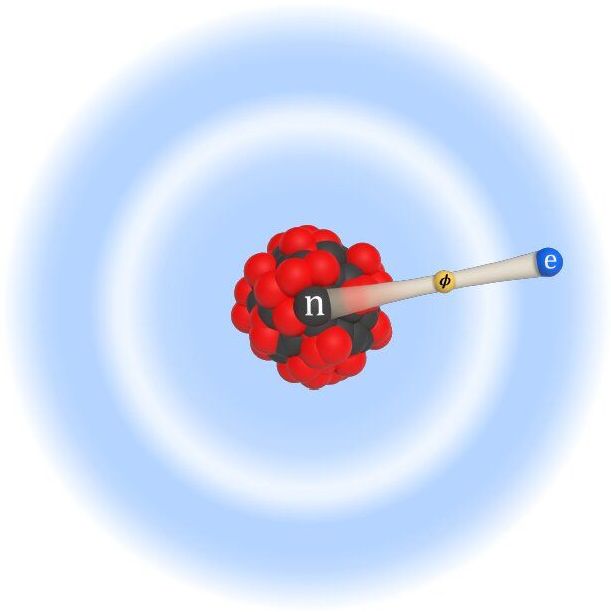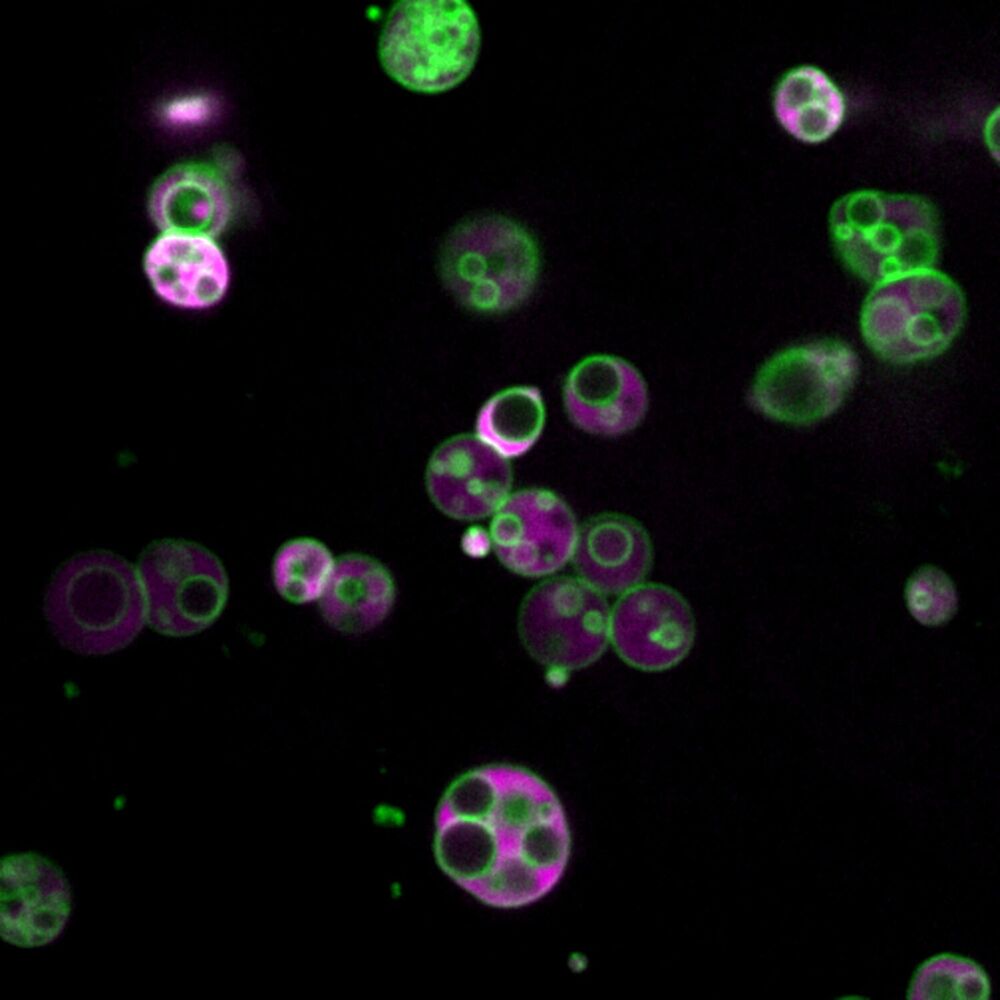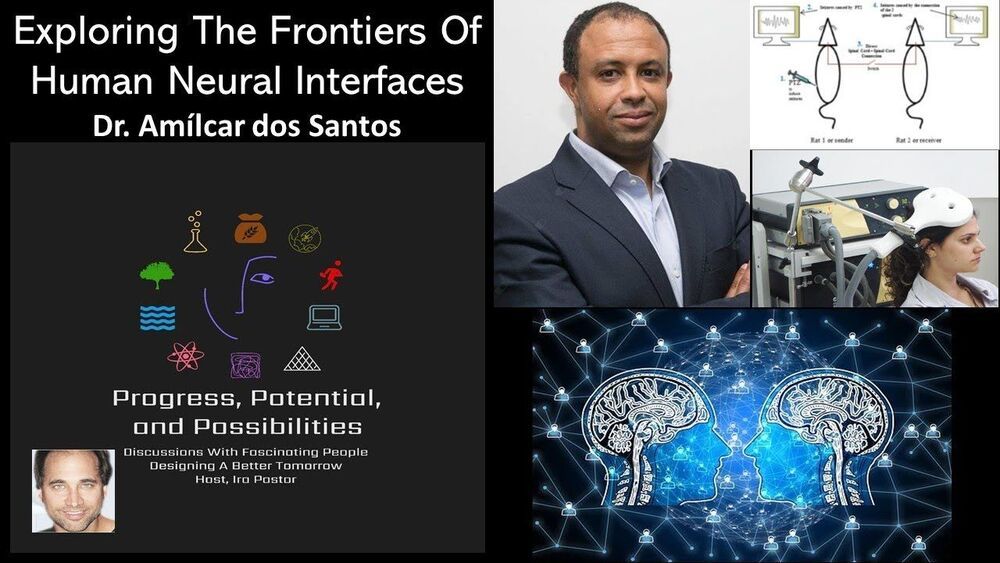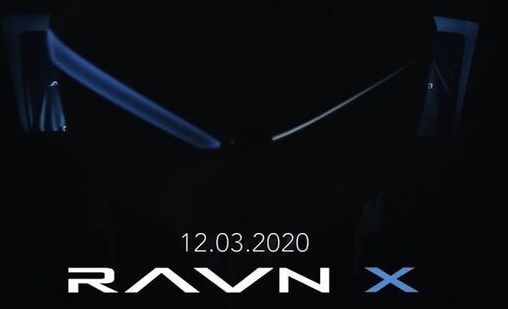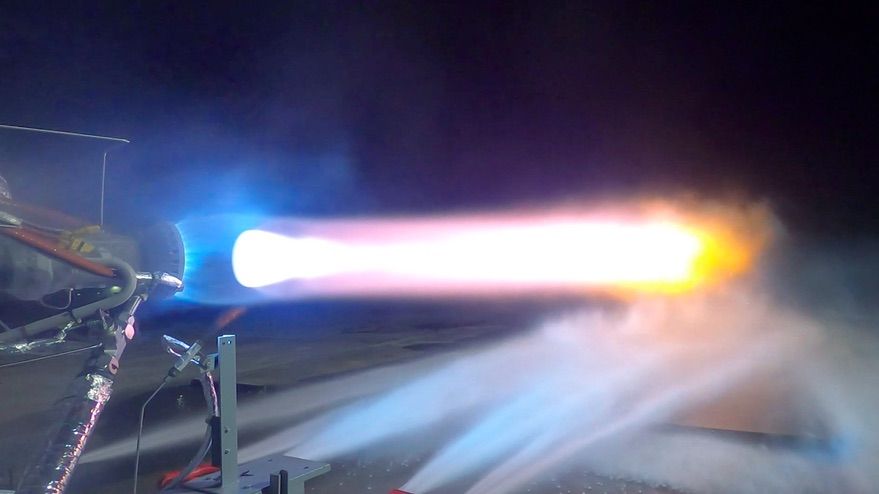Dec 5, 2020
Researchers observe what could be the first hints of dark bosons
Posted by Genevieve Klien in categories: cosmology, particle physics
Extremely light and weakly interacting particles may play a crucial role in cosmology and in the ongoing search for dark matter. Unfortunately, however, these particles have so far proved very difficult to detect using existing high-energy colliders. Researchers worldwide have thus been trying to develop alternative technologies and methods that could enable the detection of these particles.
Over the past few years, collaborations between particle and atomic physicists working at different institutes worldwide have led to the development of a new technique that could be used to detect interactions between very light bosons and neutrons or electrons. Light bosons, in fact, should change the energy levels of electrons in atoms and ions, a change that could be detectable using the technique proposed by these teams of researchers.
Using this method, two different research groups (one at Aarhus University in Denmark and the other at Massachusetts Institute of Technology) recently performed experiments aimed at gathering hints of the existence of dark bosons, elusive particles that are among the most promising dark matter candidates or mediators to a dark sector. Their findings, published in Physical Review Letters, could have important implications for future dark matter experiments.
